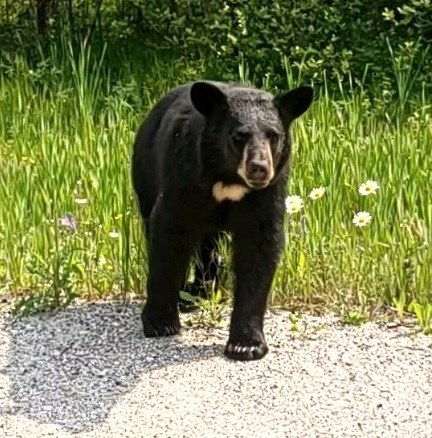MANITOUWADGE -- Trapping, the oldest land-based industry in Canada, has a history of over 400 years, and up until the mid 20th Century, was a very unregulated and competitive field.
Today it is strictly governed by the Ministry of Natural Resources (MNR). A forty-hour course, offered by the Ontario Fur Managers Federation, and a valid hunting version of the Ontario Outdoors Card are required in order to become a licensed trapper. Components of the course include biology and management of each species, humane trapping methods, use of equipment, preparation of pelts and sound management principles, as well as personal safety, first aid and wilderness survival. There are also unique aspects of the course, such as how to prevent animal borne diseases and parasites, such as rabies, tapeworms and hantavirus.
Once the course is successfully completed, a new trapper may become a trapper helper, assisting a Head Trapper with the tasks of setting and monitoring the traps along the area assigned to them by the MNR. These areas, called traplines, can vary in size and borders, and the animals available to trap are regulated according to the historical data of the area. Quotas must be upheld in order for the Head Trapper to retain the line for professional reasons and motivations and to prevent over or under-trapping. The season begins in October and lasts until the end of February.
After harvesting the animals, the pelts must be skinned, scraped and dried, then sent to Fur Harvester's Auction in North Bay. The fur is graded, sorted into lots and sold by auction to buyers from all over the world.
COVID-19 has affected the fur industry over the past two years. There have been no in-person auctions where buyers can inspect the furs, and the manufacturing of goods has slowed down due to employment, trade and transportation issues. The trappers themselves have to keep their quotas up, but with the downward trend in sales, most revenue they generate goes directly towards expenses and maintenance. Hopefully, business will pick up; there are in-person auctions tentatively scheduled for March and June, 2022.
In Manitouwadge, part of the Pic River Forest area, John Levoie is one of 30 trappers. Born and raised in Northern Ontario, John has been trapping for most of his life. As a young lad, only around 10 years old, he’d already begun trapping rabbits with his schoolmates, but he credits the book, “Traplines North”, based on a diary by an early 20th century trapping family living in the Nakina area, for solidifying his interest in the trade.
In the beginning, John worked at the mine in the summer, and trapped and prepared the pelts in the winter, but later, with experience and the acquisition of equipment, trapping became his main source of income. He maintains a 100 square mile (160 sq. km) area west of town, where he sets his traps. He uses conibear traps, a humane, quick-kill device, to capture beaver, marten, fisher, and other small animals, and snares for larger animals such as lynx and wolves. All traps used must follow the International Humane Trapping Standards guidelines.
Besides the traps, John has an array of other tools, including many different modes of transportation. In the fall, he can drive to his designated cabin where he can switch to an ATV or canoe to monitor the traplines. In the winter, a snowmobile is essential. Other equipment, such as fuel, first aid and survival kits, snowshoes, and warm winter clothing must be carried when venturing out into the wilderness in case of emergencies or vehicle breakdowns.
“I’ve had to walk back to town a few times. Took a couple of days.” John shrugs. He takes such things in stride. “I’ve been chased by moose and bears. One time when I was out on the trap line, I could hear a large animal quickly approaching on the overgrown trail. I suspected it was a moose but suddenly three wolves appeared, running full speed towards me. I threw up my arms and gave a large shout. They continued right past me, but one stopped briefly to give me a good looking over.”
Encounters like those are a big part of why he loves the trade. “It gets into your blood. It’s not just about trapping, but about getting out into the wild. It’s about knowing how to survive. It’s learning about animals and their habits. I’m also a part time prospector,” he laughs. “I often inspect rocks and minerals, looking for something of interest. Everything about this lifestyle… It’s all about Mother Nature and what she provides.”
At the end of the day, John makes his way back to Manitouwadge, puts up his feet, plays with his cat and enjoys the warmth and comfort of home, knowing that the adventure and responsibility of the traplines calmly await his return.
